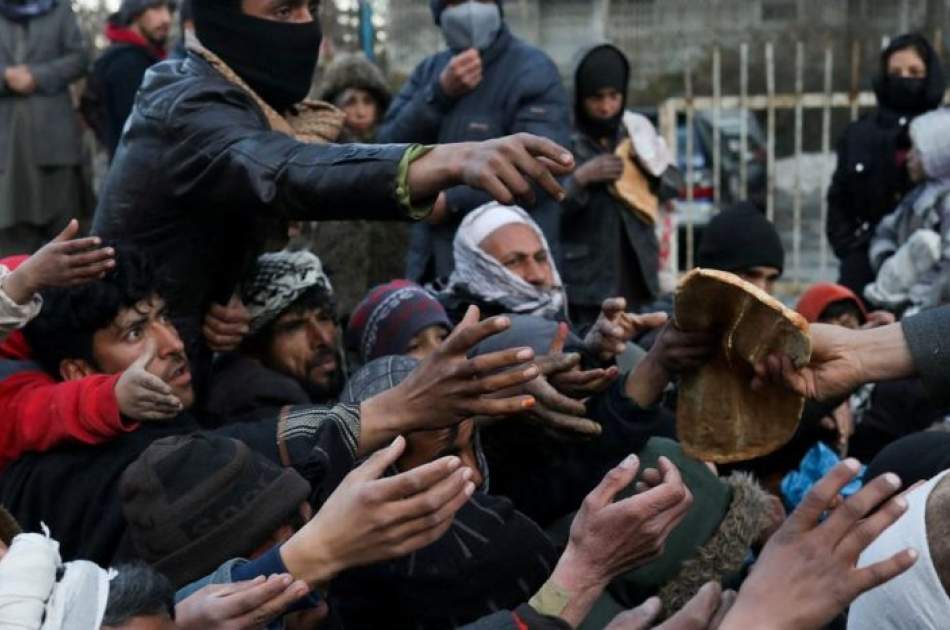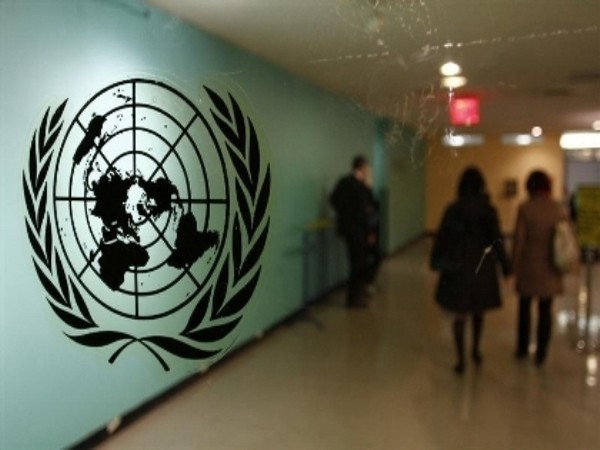At a time when Afghanistan is engulfed in a severe humanitarian crisis, the United Nations issued a warning on Friday of a severe gap in funding aid to 21 million people in the country. According to a Khaama Press report, relief had already been reduced before.
The United Nations Office for the Coordination of Humanitarian Affairs (OCHA) said that the 3.2 billion US dollar plea to aid almost half of the Afghan population has received less than 25 percent of its funding more than halfway through the year.

Shortage of Aid Fundings
OCHA further stated they are giving funds worth 1.3 billion dollars. While some of them have already ended, some are severely scaled back due to insufficient funds and aid pipelines at risk of rupture which includes food assistance.
In a statement on July 31, the organisation said that the Afghanistan Humanitarian Response Plan (HRP) has remained critically underfunded for more than half of the year 2024. The funds dropped nearly half with only $ 744 million received by July 31 as compared to last year’s collection of $1.49 billion.
Such a shortage of funds has been attributed to this year being the third consecutive year of drought-like conditions, widespread poverty and increased vulnerabilities since the forty years of conflict. “Only a short window of opportunity exists to bring in vital assistance and supplies before the lean season and winter starts, and lives are potentially lost,” added OCHA.
As reported by the Tolo news, earlier the parliament of the United Kingdom had informed that the humanitarian aid being provided to Afghanistan by the Official Development Assistance has been reduced to 59%.
This issue was also raised in the High-Level Open Debate of the United Nations Security Council where representatives from various countries spoke in favour of providing humanitarian aid in Afghanistan, reported Khaama Press.

Shifting Global Attention from Afghanistan
Though Afghanistan has been largely replaced by the media by the Russia-Ukraine war, it still remains one of the worst humanitarian catastrophes under the current Taliban regime. Approximately two-thirds of the country is facing food insecurity and 875,000 children are malnourished.
Women and girls are the worst affected and are denied fundamental rights. The Taliban’s increasing repressive policies such as a ban on working with the NGOs have made the situation insufferable. They are banned from attending school and universities. Earlier this year, the Taliban also banned women from working at beauty salons which was a major source of employment for them.
The crisis has thrust dual responsibilities on the United Nations, one is to continue the uninterrupted flow of food and funds to the Afghani general public and to keep the Taliban in control while limiting their rampant human rights violations.
On the contrary, the UN and the West have reduced aid funding and other resources to Afghanistan. The UN has also not been able to control the Taliban in its oppressive practices. An abrupt loss of international aid can be noticed after the Taliban takeover in 2021. An abrupt loss of international aid can be noticed after the Taliban takeover in 2021. The law-and-order situation has been deteriorating day-by-day taking a toll on the general public.
If the current humanitarian aid funding levels do not improve, many Afghans will be left poorer and unfed.













